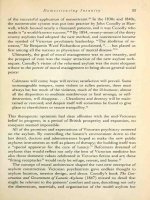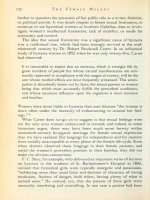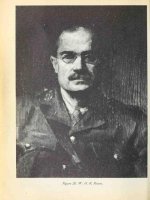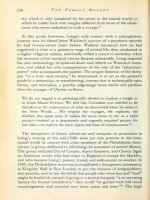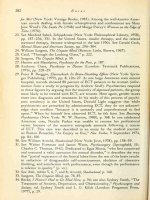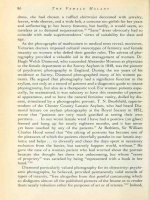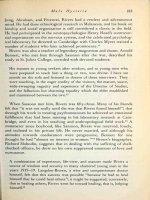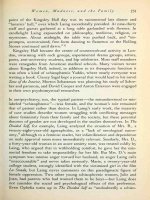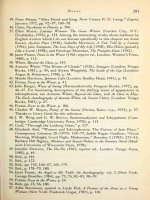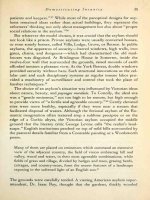The female malady women madness and engl 242
Bạn đang xem bản rút gọn của tài liệu. Xem và tải ngay bản đầy đủ của tài liệu tại đây (132.09 KB, 1 trang )
The Female Malady
230
ery which
is
only completed by his return to the normal world, to
which he comes back with
who
itants
At
however, Laing's only contact with
this point,
journey was
insights different from those of the inhab-
never embarked on such a voyage. 29
a schizophrenic
Watkins's account of a psychotic episode
his friend Jesse
he had twenty-seven years before. Watkins recounted
regressed in time to a primitive stage of animal
and
a higher religious sphere,
life,
how
he had
then awakened in
normalcy when
finally willed a return to
became unbearable. Laing imposed
death and rebirth on Watkins's narra-
the intensity of his mystical visions
his
own
tive,
terminology of
and added
priest"
his
spiritual
own
interpretation of the role of the "physician-
who accompanies
pist "in a truly
The proper
the patient.
sane society," he maintained,
is
function of the therato act as the patient's
guide in a metanoiac, or transforming, journey that
heroic,
is
archetypally epic,
and masculine, a psychic pilgrimage more exotic and perilous
than the voyages of Ulysses or Kurtz.
We
do not regard
as pathologically deviant to explore a jungle or
it
We
to climb
Mount
mistaken
in his construction
the
New
Everest.
World.
.
.
.
We
climber, the space man.
— indeed
our time —
explore
project
feel that
of what he discovered
respect
It
makes
as a desperately
to
The metaphors of
Columbus was
the
far
be
entitled to
when he came
voyager,
the
more sense
to
explorer,
me
to
the
as a valid
and urgently required project
the inner space and time of consciousness.
for
30
heroic adventure and conquest so prominent in
Laing's writing of the mid-1960s were put into practice in the com-
munal world he created with other members of the Philadelphia Association (a group dedicated to reforming the treatment of mental illness).
The group included David Cooper, Aaron Esterson, and Clancy Sigal,
an American writer
and
who became
who had come
to
England
to escape the blacklist,
Laing's patient, friend, and enthusiastic co-worker. In
1965, the Philadelphia Association established a therapeutic
at
Kingsley Hall
into practice,
and to
might be healed
factory for
in
if,
East
London
community
to put the theories of antipsychiatry
test the belief that
people
who were
lost
and "mad"
instead of going to a mental hospital, "a re-servicing
human breakdown,"
encouragement and sanction
they could "be guided with
into inner space
full social
and time." 31 The high
